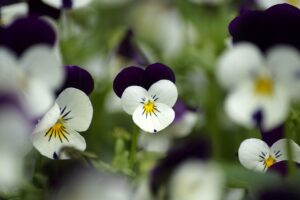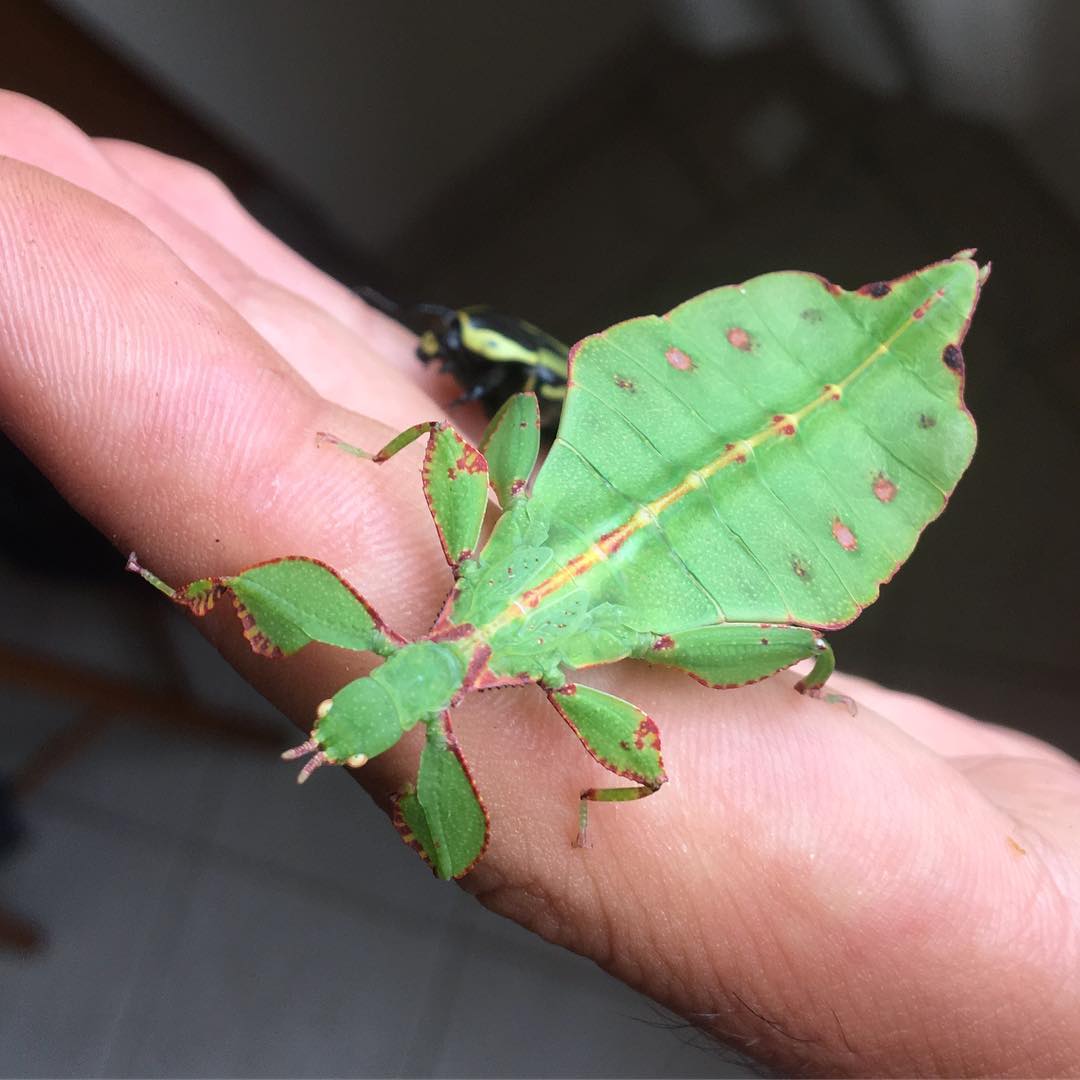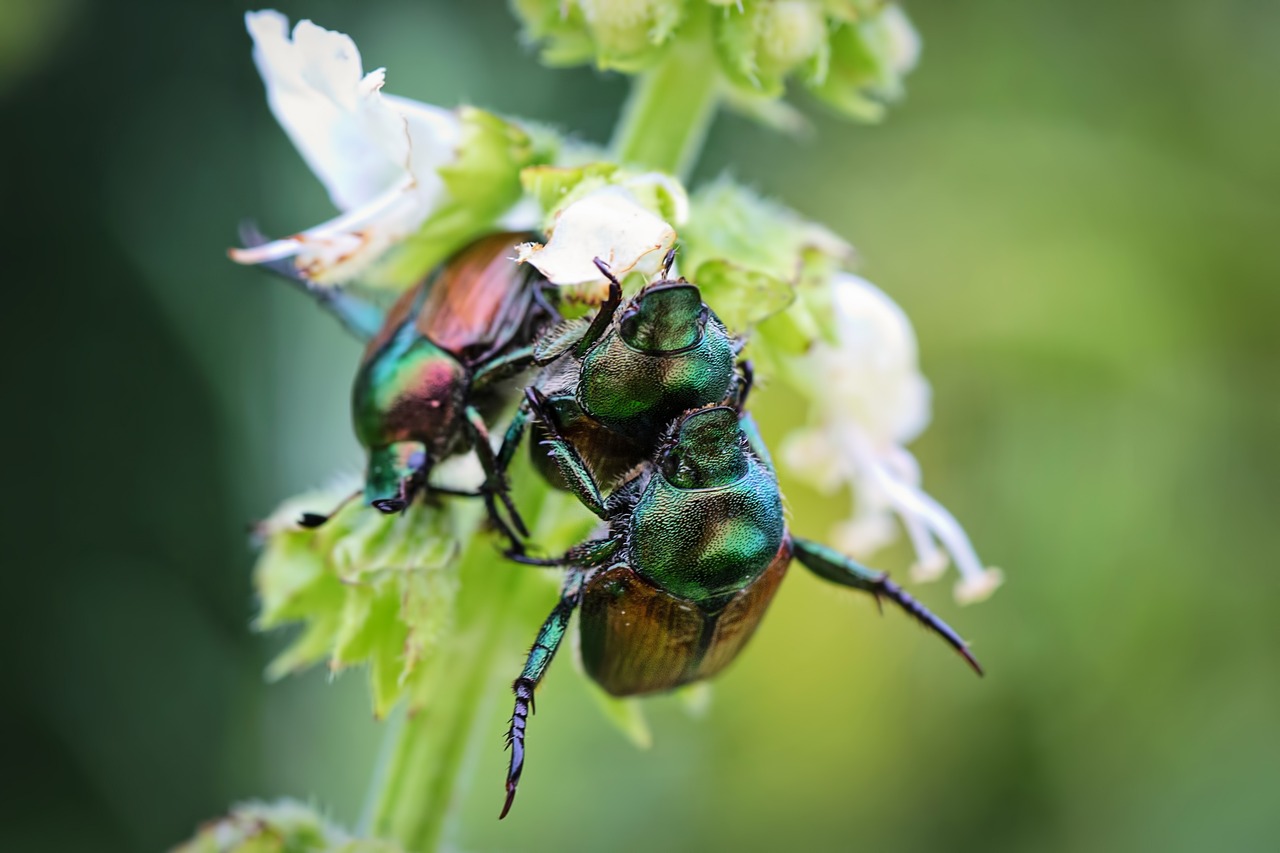Learn How to Grow Illinois State Flower with the help of this comprehensive guide and fill your garden with pretty blooms.
Discover the simple steps and learn How to Grow Illinois State Flower. From suitable sunlight to proper care, learn how to foster these charming blooms and bring a touch of nature’s beauty to your surroundings.
Learn How to Grow Texas State Flower
What is Illinois State Flower?

The Common Blue Violet was named the official Illinois State Flower in 1908, reflecting its strong historical and cultural significance to the area. This violet is highly adaptable, growing well in USDA Zones 3-11, with its best growth in Zones 5 to 7, which aligns with Illinois’ USDA zone.
Its ability to thrive in Illinois’ various climates highlights its resilience and vital role in its natural environment. The Common Blue Violet is a tangible example of how Illinois’ natural charm and cultural heritage are intertwined.
The violet belongs to the Violaceae family, widely known as the violet family. This family encompasses a range of flowering plants that exhibit a delicate appearance and bear distinct five-petaled flowers.
Violets are native to North America and can be found in various regions across the continent. They are widely distributed in woodlands, meadows, and along stream banks.
The violet is a small, perennial plant with heart-shaped leaves and charming, showy flowers. The blooms typically have five petals, which can vary in color, including shades of purple, blue, and sometimes even white or yellow.
Violets generally bloom in the early spring, from March to May. This makes them one of the first wildflowers to appear after the winter season.
Violets hold significance beyond their visual appeal. They frequently associate with sentiments such as modesty, faithfulness, and innocence. Moreover, these flowers are utilized in herbal medicine due to their potential therapeutic properties.
Check Common Toxic Flowers
Legislation of Illinois State Flower
The violet was adopted as the official state flower of Illinois in 1908. The choice was influenced by the fact that violets are commonly found throughout the state, and their early spring blossoms add a touch of color and life after the winter months.
How to Propagate Illinois State Flower
Choose a healthy Viola plant with some leaves and no flowers. Fill small pots with moist potting soil. Cut a 3-4 inch stem with a few leaves from the plant. Remove lower leaves, leaving some at the top. Insert the cutting into a small hole in the soil. Gently water without overwatering. Cover the pot with clear plastic to keep it humid. Place the pot in indirect sunlight. In a few weeks, new growth and roots should appear. Transplant the new plant when it’s ready.
Choose a pot with a diameter of around 6 to 8 inches, which is suitable with a depth of 6 inches for individual plants.
Ideal Growing Conditions for Illinois State Flower

Location
The ideal location for viola plants is a spot with partial sunlight, where they get a few hours of morning sunlight with afternoon shade. This helps them grow well and produce their charming flowers.
Soil
The perfect soil mix for consists of well-draining soil that holds moisture but doesn’t stay soggy. A mix of garden soil and compost works well to provide nutrients and good drainage, promoting healthy plant growth.
Water
The suitable watering routine for viola plants involves keeping the soil consistently moist but not soggy. Water them when the top inch of the soil feels dry to the touch.
Water at the base of the plant, avoiding the leaves, and ensuring proper drainage to prevent overwatering issues.
Illinois State Flower Care
Fertilizer
The appropriate fertilizer for Illinois State Flower is a balanced, all-purpose fertilizer with an NPK ratio of around 10-10-10 or 14-14-14. Begin feeding the plants once every 4-6 weeks during the growing season, spring through early summer.
Stop feeding the plants as they are close to the end of their flowering period.
Pruning
Regularly remove the spent or faded flowers to encourage continuous blooming. Additionally, trim back any overgrown or leggy stems to maintain a compact and healthy appearance. Frequent light pruning throughout the growing season will help ensure the best growth and flower production.
Companion Planting
Find the best viola companion plants here.
Pests and Diseases
Aphids, Slugs and Snails, Spider Mites, and Thrips are the common pests that can affect the plant.
Powdery Mildew, Downy Mildew, and Rust are diseases that can appear in damp conditions.
Preventive measures like proper spacing, good airflow, and suitable growing conditions can help reduce these issues.



